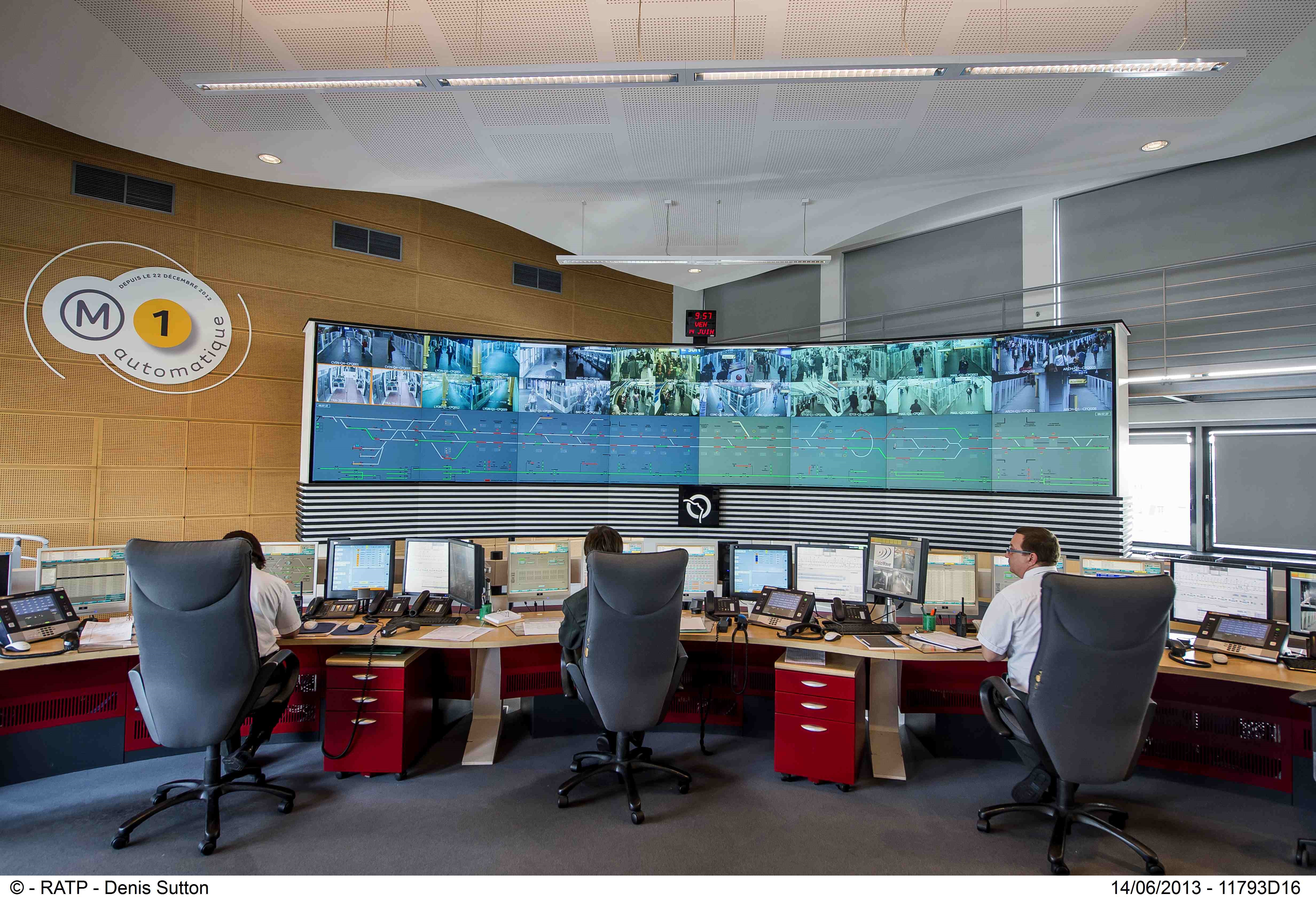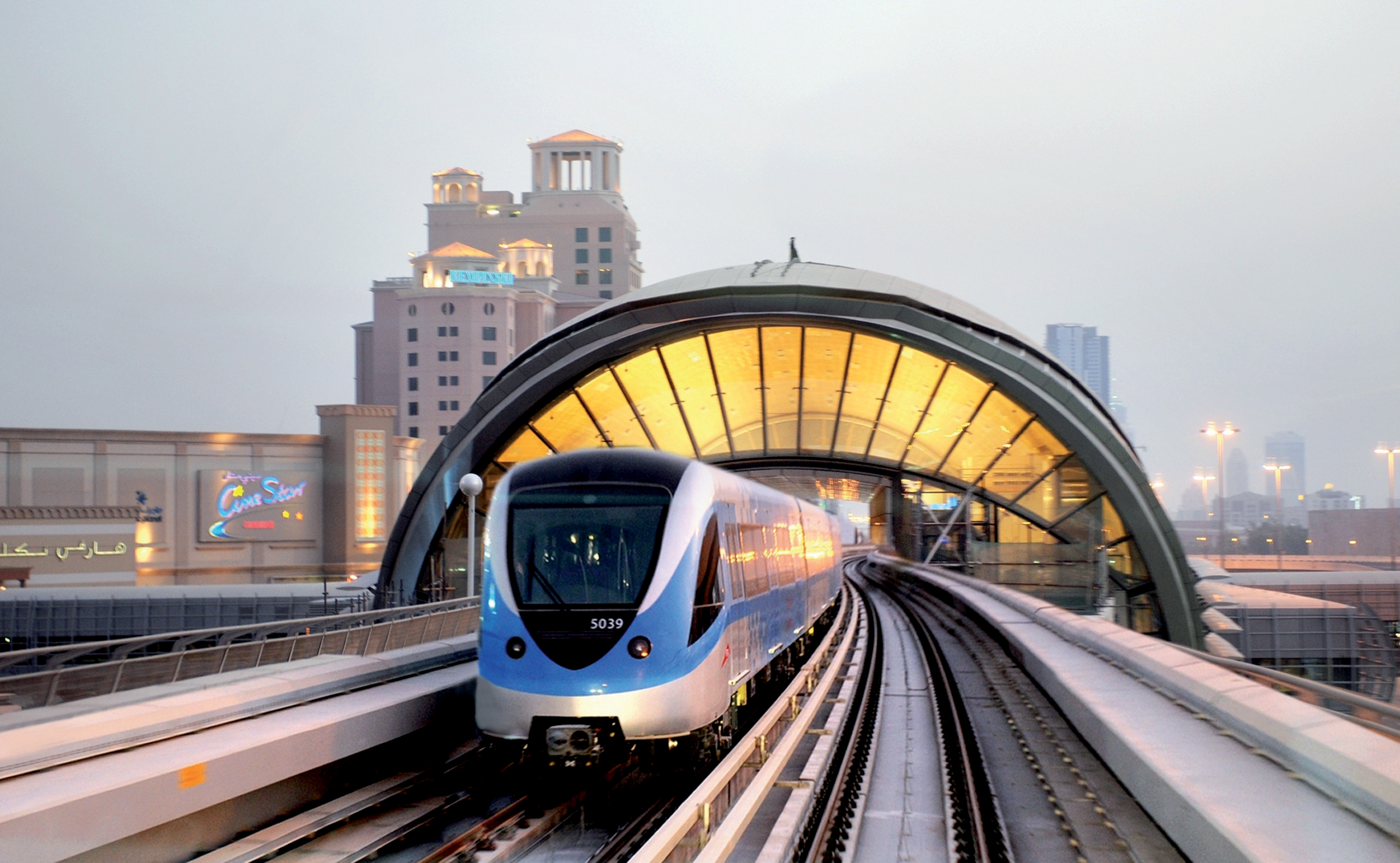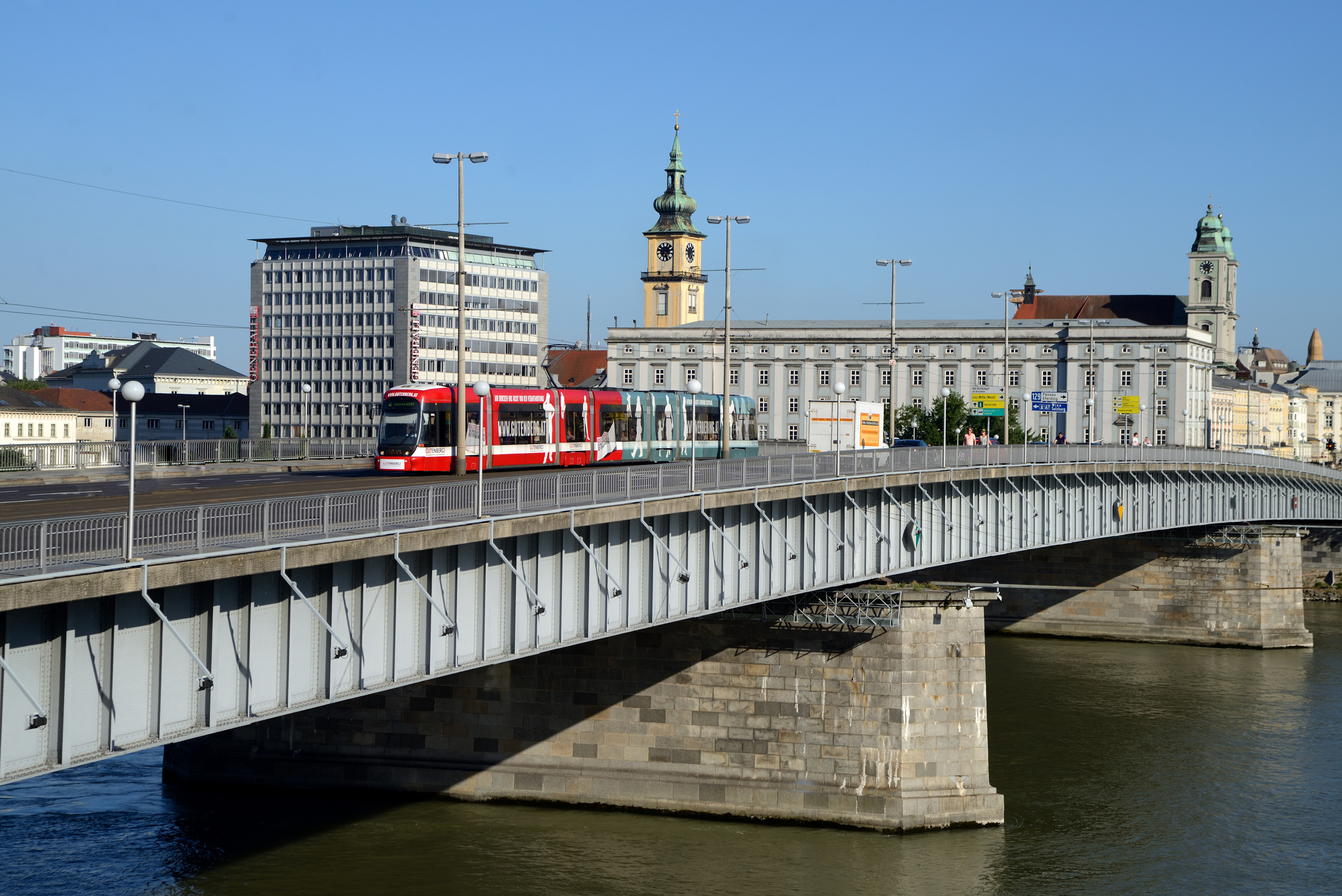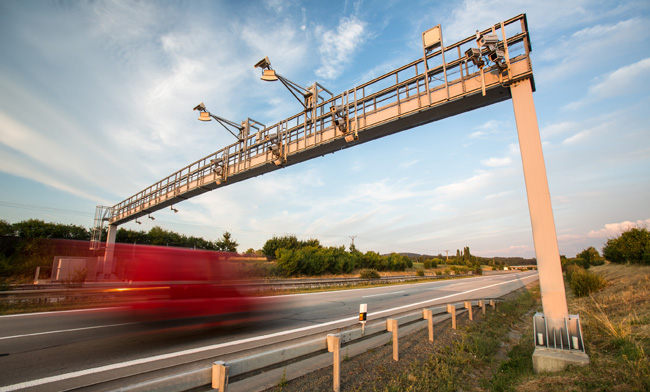
Drivers are an increasingly rare species on Europe’s commuter metros as unattended train operation is embraced. David Crawford takes a low-speed tour of the continent’s capitals to see what’s happening.
Unattended train operation (UTO) is fast becoming the norm for Europe’s metros, on existing as well as new lines. November 2017 statistics published by the
Greater intelligence
The case for adding (or building in at the outset) greater intelligence to rail transport parallels that for roads – securing greater operational capacity and efficiency from transport infrastructure. The UITP accepts that the business case for conversion of existing lines is complicated by factors including the modification of signalling and train control technologies, replacing or retrofitting already operational rolling stock, and installing passenger protection systems in older stations.
It estimates the return on investment (ROI) period for such an upgrade at around 10 years, but highlights the resulting long-term benefits – notably enhanced service reliability, with greater passsenger throughput and shorter waiting times at stations, owing to the tighter headways between services. One enthusiastic deployer of the technology is Vienna, a latecomer in metro development compared with other European capitals, with its first lines not opening until the 1970s.
Early technical challenges being met involve replacing the current mechanical relay-based interlocking, to prevent conflicts at junctions that could impinge on service reliability, with an electronic version; and specifying rolling stock able to serve both the new and existing lines.
Modernising model
One completely new underground station, at Frankhplatz, will similarly serve as a model for modernising other stops. Its rationale is to spread the heavy central area passenger load currently being carried by the nearby Schottentor station, and so relieve pressure on interchanges further along the network. New trains and stations will be equipped with modern passenger information systems. A 2014 feasibility study, which involved a Wiener Linien technical team visiting existing driverless installations in Paris and Barcelona, delivered the necessary evidential support for a 2015 start on site, with completion scheduled for 2023. The new line closely follows the route of the Vienna Ringstrasse (inner ring road), where trams will offer passengers an alternative means of travel during construction. On completion, it will offer much-needed relief for a number of city-centre tram routes. All the U5 stations will be equipped with automated platform screen doors, which are increasingly becoming the norm for metros. Presenting the scheme at Railtech’s 2017 Intelligent Rail Summit in Vienna, Wiener Linien UTO operations manager Nikolaus Panzera stressed that these will not only eliminate the risk of passengers falling under trains - by accident or design - but also deliver additional safe useable waiting space on existing platforms. Agency spokesperson Johanna Griesmayr told ITS International that new two-way communications - train-to-control-centre as well as in the conventional reverse direction - will enable trains automatically to alert the system to non-functioning doors. The corresponding platform doors at upcoming stations will then stay closed for safety.
Faster recovery
Highlighting other expected security aspects, Panzera pointed out at the summit that drivers on sub-GoA4 networks, who currently operate a mere three buttons – for example, to close doors - risk becoming quickly bored. The UITP supports this conclusion by pointing out that staff can be freed from the “most monotonous” tasks and redeployed in positions with “higher professional value and greater job satisfaction”. Again on U5, service recovery from incidents will be faster, since the computerised system will resume operation immediately it is automatically informed that the way ahead is clear. Manual control can mean long delays if the current driver is nearing the end of a shift and their relief has to be brought in from a depot by other means of travel. Griesmayr added: “We also expect greater flexibility in reacting to higher demand over short time spans, for example, before and after major events.” Passengers will also benefit from smoother acceleration and deceleration patterns, making it easier for them to read and to manipulate tablet computers and so rendering the concept of metro travel accordingly more attractive.
Speedy algorithms
Another summit speaker, Dr Andreas Schöbel of the Vienna University of Technology’s Algo4Rail working group, stressed that algorithms being deployed to support UTO must be capable of delivering the needed results “within a very short time”. Not all those that are currently available can meet such a demanding requirement. The aim should be to deliver headways between trains of under one minute, in contrast to today’s typical two minutes. Lex van de Poel, founder of rail control system developer Dual Inventive, and T-Mobile Austria head of big data Matthias Fiegl, pointed to roles for emerging narrowband Internet of Things (IoT) technologies in enhancing secure rail communications and asset management. Laying cable is expensive: IoT is cost-effec-tive and sustainable, using wireless communications to connect sensors with lifespans of up to ten years and so avoiding the need to integrate with legacy systems. Highlighting potentially wider social gains, Julian Holmes, principal consultant at US engineering consultancy CH2M, suggested that enhanced metros, with UTO-based routes serving modern stations that attract new businesses and shops, can have worthwhile external security and environmental benefits. They can contribute to the upgrading of surrounding areas, resulting in lower neighbourhood crime rates. In the UK, London’s Docklands Light Railway, opened in 1987, remains the capital’s highest-grade metro deployment to date, currently at GoA3 level, pending completion of a current signalling modernisation programme which will render it GoA4. There will then be very few GoA3 services still operational in the world, according to the UITP.The Paris experience
Jacques Poré, a director of rail equipment developer Alstom Transport, briefed Railtech’s 2017 Intelligent Rail Summit in Vienna on prospects for introducing driverless technology that has been well-proven for metros on other services, for example heavily-trafficked regional and suburban rail routes - and even main lines. In Paris, where just two metro lines are currently driverless, the next-stage Réseau Express Régional (RER: regional express network) is a hybrid commuter rapid transit system connecting the city - where it operates as a limited-stop metro serving key intersections - to outlying areas. It carries 1.2 million passengers a day - one of the world’s highest tallies. A €20million contract by Alstom to bring it up to GoA2 standard by the end of 2018 is expected to improve punctuality by 2% and operational speeds by 5%. For main lines, studies carried out by Alstom with Belgian state rail network owner Infrabel and Belgian National Railways have indicated potential energy savings from automatic train technology of typically 12% and possibly as much as 42% as compared with full driver operation. But there are, to date, very few driverless deployments on long-haul main line railways worldwide. At the same time, Poré said that a number of cities are looking at the prospects for automated trams, largely to save on labour costs.











